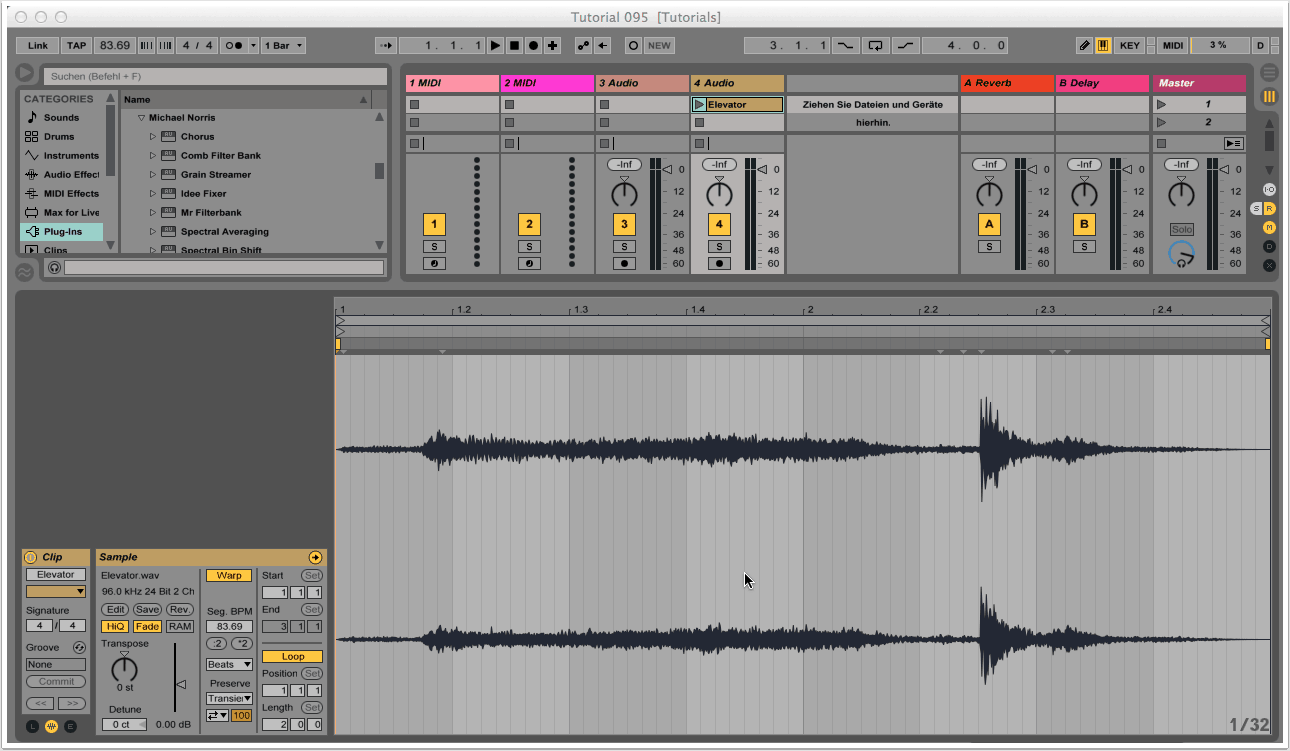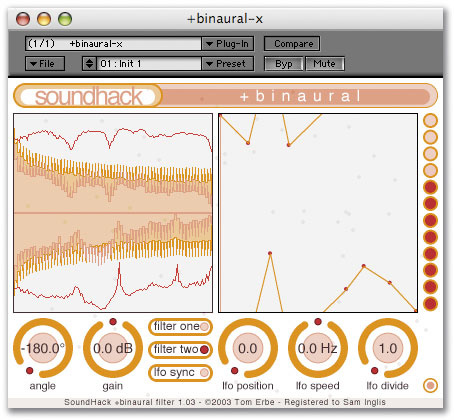
Slew : just the slew section of "channel"

SampleDelay : the only sample delay with negative delay Pressure : Compressor (an early vari-mu compressor design) Rompler with limited sound banks - synth, organ, FXĪcousticBass : convolution mode of acoustic bassĬabAlnico10 : Airwindows alnico 10" speaker cab modelingĬabPrinceton : Airwindows Fender Princeton cab modelingĬhannelEQ : 4-band fixed-frequency EQ which passes bit-identical output when flat Sonic Birth collection : plugs included with freeware applicationįlying Monkey Synth Bassdrum (synth) Rainy Synth Noise synthesiser using nyquist frequencies Synthesiser - 6 bit console game sound-ish "Demo" drum kit with four multisampled drums, no time limit.

Please make additions and corrections below. The virtual analog literature might provide some clues as to how to approach modelling a vactrol based filter.* For this list, 'free' means free, donationware, magware and 'unlimited' demos (no beeps or timeouts) "NON-LINEAR DIGITAL IMPLEMENTATION OF THE MOOG LADDER FILTER" by Antti Huovilainen). But there are approaches that incorporate non-linear behaviour in modelling filters (e.g. Convolution only works reliably for LTI systems (linear and time-invariant). The problem you hint at might very well have to do with the use of vactrols which when used without a current source that compensates for the non-linear behaviour of the LED and LDR makes the whole system (in this case the LPG) non-linear. I would have suggested trying that with the wealth of convolution reverbs around which take user provided impulse responses. I could see that possibly working at least for the decay, but different frequencies seem to effect the decay in a LPG, the lower frequencies seem to be able to squeeze through the gate for longer than higher frequencies. Play enough with your LPG and a very fast envelope modulating it and you'll find that wood sound.ĭkcg wrote:I seem to recall someone suggesting convolution as a possible solution in another thread. Sometimes I also vary the release of the envelope with a sequencer as well- that can create interesting effects. The VCO is controlled by the sequencer which creates the pitches sounding from the LPG. The input waveform to the filter is from an FM module - one of the Modcan DVDO types- and the waveform is varying as well based on the sequence. I typically set it to Attack Release mode (not ADSR) so its a quick attack and release, and then tune the threshold of the LPG and the release until I get the right 'clunk' sound. The low pass gates are Cynthia Quad Low Pass Gates, and I'm probably using the Cynthia ADSR which is a very fast envelope. The sequencing is the classic Modularland aleatoric approach- basically set up a sequence you like, and then have one of the stages of the sequence trigger direction or randomization so you get variety. The main parts of the patching consist of two 'functions' - sequencing and low pass gate. Can you describe how that is patched up if you can remember? Oldstench wrote:Wonderful vid modularland. Thanks for the precious info and for the link.

So, going the other way round, i was just wondering if you tried a vst emulation of an opto-compressor, you might be able to achieve a LPG/vactrol type sound. I know when i set up my modular compressor patch with a vactrol based filter/lpg for the VCA/compressing action, i get a similar "squishy" sound as those old opto compressors. Some old compressors are based around similar technology, such as the Teletronix LA-2A, which i think uses an electro-luminescent panel and an LDR for it's compressing action. I think (please correct me if i'm wrong) that the smooth response of vactrols comes from the fact that it takes some time for the LDR to register the LED, hence some built in "decay", hence the nice sound. Vactrols are just an LED (light emitting diode) and an LDR (light dependent resistor) in an enclosed space. Babaluma wrote:low pass gates are based around vactrols.


 0 kommentar(er)
0 kommentar(er)
